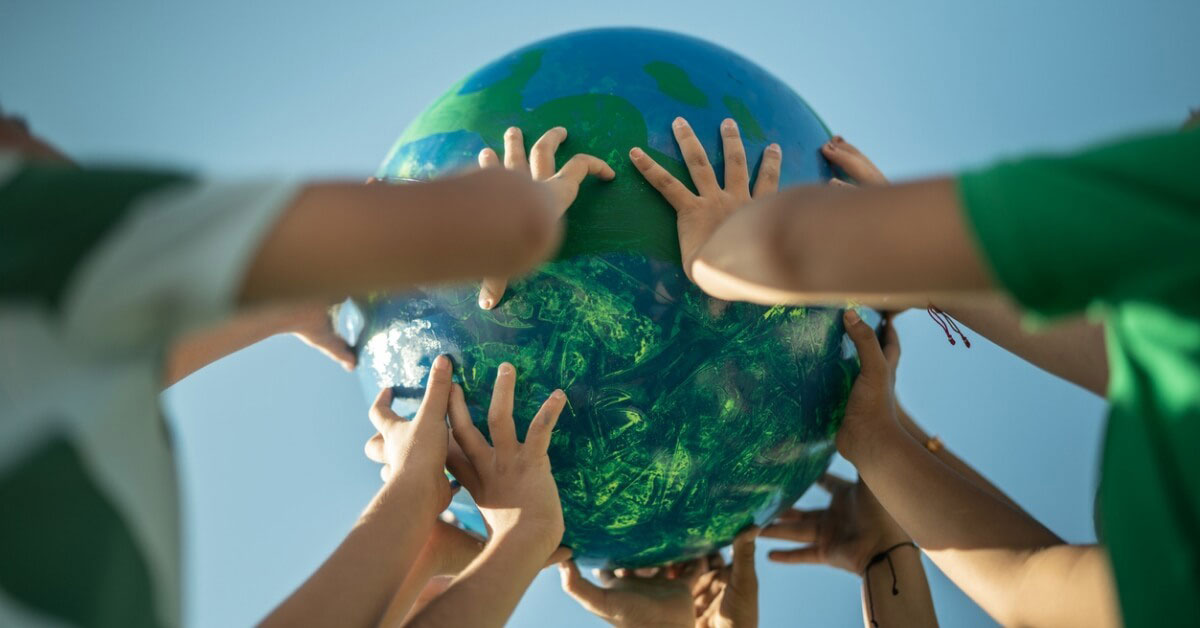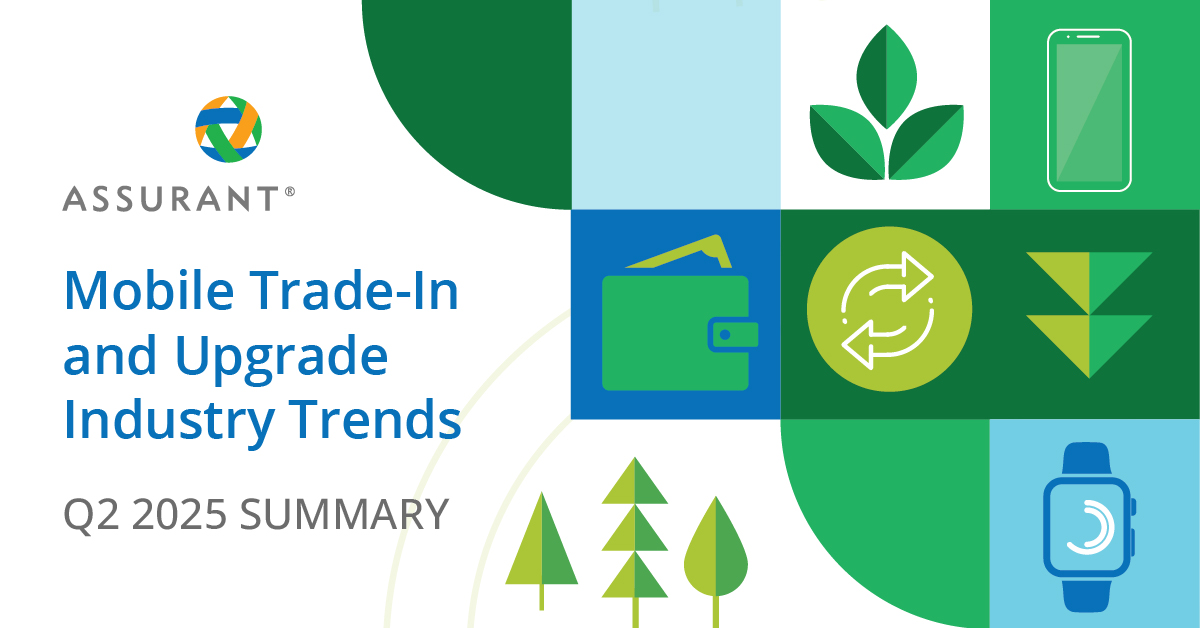Let’s take a step back in time for a moment.
In the decades leading up to the first Earth Day, the air pollution and smog that cities were riddled with were often considered signs of success. It was the smell of prosperity. Factories were producing goods. People were employed. Much of the public was largely unaware of the harm that was occurring to the environment and their health.
A junior senator from Wisconsin had long been concerned with the environment. After a massive oil spill off the coast of California and a chemically polluted river caught fire in Ohio, he and others were inspired to bring nationwide attention to the growing pollution problem. April 22, 1970 was coined Earth Day, and 20 million Americans took to the streets and parks to demonstrate against the unchecked harm to the environment. Smaller activist groups fighting against oil spills, toxic waste, wildlife extinction were able to come together and have a larger voice. Support came from farmers and urbanites, business leaders and unions, and had a unified voice even across political party lines. By the end of 1970, the Environmental Protection Agency was established, as was the Occupational Safety and Health Act and the Clean Air Act. In the next three years, we saw the Clean Water Act and the Endangered Species Act passed by Congress.
Twenty years later, Earth Day went global with the support of 200 million people across 141 countries using this platform to bring attention to environmental issues across the world.
Fast forward to today, 53 years after the birth of Earth Day, over 1 billion people across 193 countries not only recognize but actively engage in activities in support of Earth Day. And though so much has been accomplished, there is still more to do.
E-waste: a growing problem
According to the research firm Statista, 59.4 million metric tons of e-waste was discarded globally in 2022. To put this in perspective, that figure is equivalent to 3,700 medium-sized cars being dumped into a landfill every hour of every day for a whole year. The problem is not expected to get better anytime soon. It is anticipated that in 2030, over 74 million metric tons of electronics will be improperly discarded. This is made up by hundreds of product categories of which industry analyst firm Counterpoint has cited that smartphones alone contribute to 12% of the global e-waste.
At Assurant, we are committed to creating a more sustainable future and enabling the mobile industry to extend the lifecycle of wireless devices. As highlighted in our Earth Day Infographic, our trade-in and upgrade programs have resulted in 139 million devices repurposed since 2009. This has kept 28,000 metric tons of e-waste out of landfills along with their toxic chemicals of mercury, lead, arsenic and more. As more pre-owned devices are reused, there is less need for manufacturing new devices which requires energy and resources. We estimate that by retaining these devices within the circular economy, 7 million metric tons of CO2 emissions have been avoided.
Carriers, retailers, OEMs, and cable operators need to ensure that the offer to trade-in a device and/or enroll in an upgrade program is extended to all of their customers when they are shopping for a new device. There are financial benefits to these programs for both the providers and the customers, but the environment wins out too,
Sustainability is top of mind today within the mobile industry., in line with the Paris agreement and the Science-based Targets initiative (SBTi), many companies are setting greenhouse gas emissions reduction goals to greatly reduce and/or neutralize their carbon footprint over time.
A little over 50 years ago, Earth Day was born and in just a few short years, there were wide, sweeping changes to environmental policies and an awakening of public awareness to the issues at hand. At Assurant, we are excited to see the positive impact the mobile industry is making towards achieving a more sustainable environment as we all work together to that common goal.






